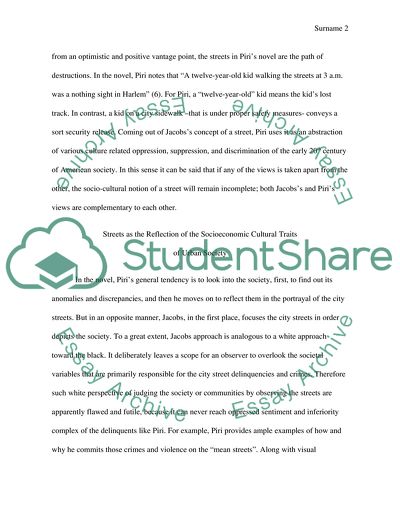Cite this document
(The Portrayal of Streets as the Symptoms of the Darker Side of the Book Report/Review, n.d.)
The Portrayal of Streets as the Symptoms of the Darker Side of the Book Report/Review. Retrieved from https://studentshare.org/sociology/1573736-theme-essay-on-piri-thomas-down-these-mean-streets
The Portrayal of Streets as the Symptoms of the Darker Side of the Book Report/Review. Retrieved from https://studentshare.org/sociology/1573736-theme-essay-on-piri-thomas-down-these-mean-streets
(The Portrayal of Streets As the Symptoms of the Darker Side of the Book Report/Review)
The Portrayal of Streets As the Symptoms of the Darker Side of the Book Report/Review. https://studentshare.org/sociology/1573736-theme-essay-on-piri-thomas-down-these-mean-streets.
The Portrayal of Streets As the Symptoms of the Darker Side of the Book Report/Review. https://studentshare.org/sociology/1573736-theme-essay-on-piri-thomas-down-these-mean-streets.
“The Portrayal of Streets As the Symptoms of the Darker Side of the Book Report/Review”, n.d. https://studentshare.org/sociology/1573736-theme-essay-on-piri-thomas-down-these-mean-streets.


